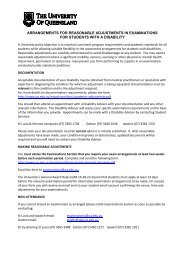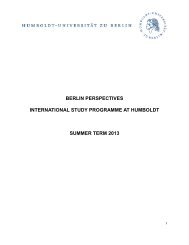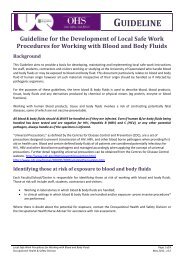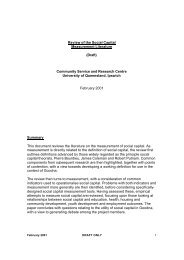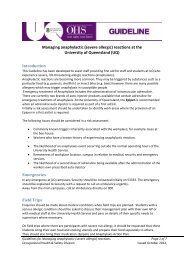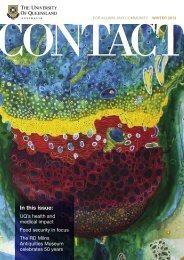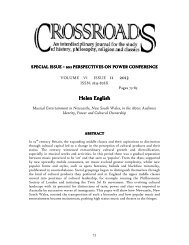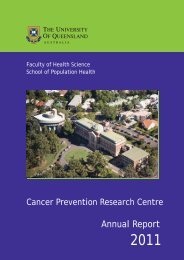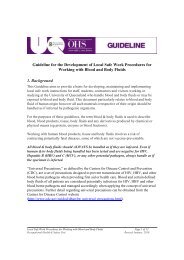Making Abundant Natural Resources Work for Developing Economies
Making Abundant Natural Resources Work for Developing Economies
Making Abundant Natural Resources Work for Developing Economies
You also want an ePaper? Increase the reach of your titles
YUMPU automatically turns print PDFs into web optimized ePapers that Google loves.
FINDEXGROWTHFinancialdevelopment indexGDP per capitagrowth(annual %)Composite financial development index Ndikumana (2000)Annual percentage growth rate of GDP per capita based onconstant local currency. GDP per capita is gross domesticproduct divided by midyear population. GDP at purchaser'sprices is the sum of gross value added by all resident producersin the economy plus any product taxes and minus anysubsidies not included in the value of the products. It iscalculated without making deductions <strong>for</strong> depreciation offabricated assets or <strong>for</strong> depletion and degradation of naturalresources.Demirguc-KuntLevine(1996)WDI databaseandOUTPUTGDP per capita(constant 2000US$)Gross domestic product divided by midyear population. GDPis the sum of gross value added by all resident producers in theeconomy plus any product taxes and minus any subsidies notincluded in the value of the products. It is calculated withoutmaking deductions <strong>for</strong> depreciation of fabricated assets or <strong>for</strong>depletion and degradation of natural resources. Data are inconstant U.S. dollars.WDI databaseINVESTMENTInvestment share ofreal GDP per capita(Laspeyres)(RGDPL)RGDPL is obtained by summing investment, consumption,government and exports, and subtracting imports in any givenyear. The indicator is a fixed base index with 1996 as thereference year, hence the “L” <strong>for</strong> Laspeyres.Penn World tables36


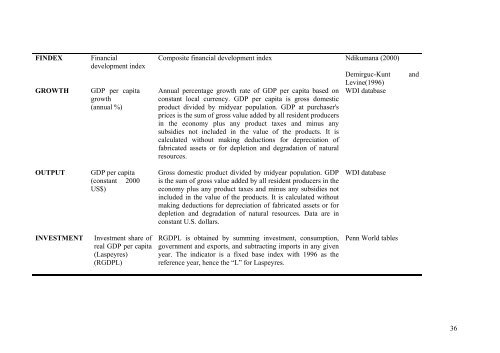

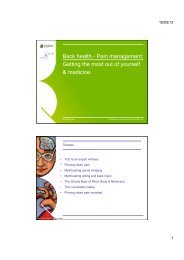
![Recycling [ PDF, 62KB ] - University of Queensland](https://img.yumpu.com/51805185/1/184x260/recycling-pdf-62kb-university-of-queensland.jpg?quality=85)
